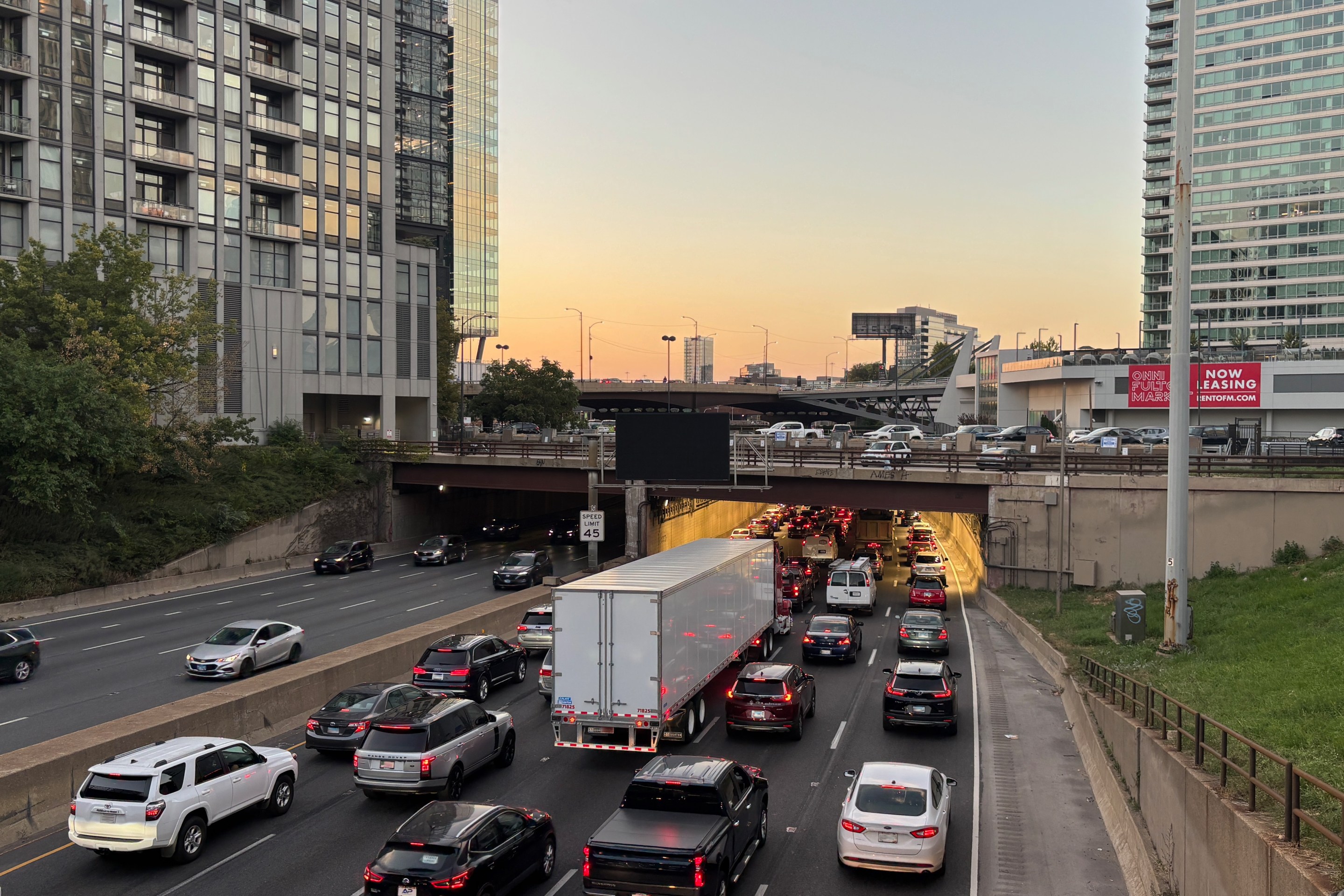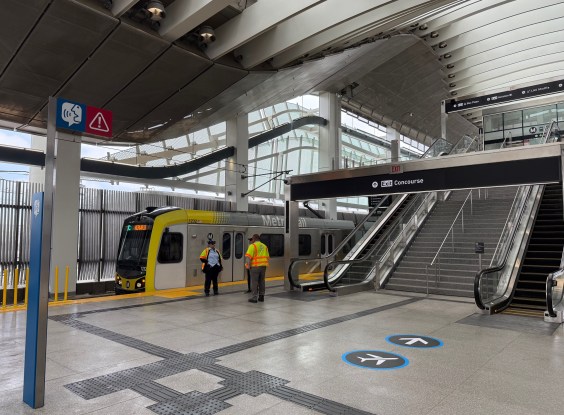A new NRDC report ranks U.S. states on their level of oil vulnerability measured by how heavily each state's citizens are affected by increases in oil prices. States are also ranked on their implementation of solutions to reduce oil dependence. The report found that while oil dependence affects all states, some are hit harder economically than others. And while some states are pioneering solutions, many are taking little or no action. In fact, the report finds that about one-third of states are not taking any steps to reduce their dependence. From the NRDC report (via Car Free USA):
Generally, the most vulnerable states are in the South and the least vulnerable are in the Northeast. There is significant variation among states: Citizens in the most vulnerable state-Mississippi-spend an average of more than 6 percent of their per capita income on gasoline, while citizens in the least vulnerable state-Connecticut-spend about 2.5 percent of theirs, a 60 percent difference. When oil prices go up, citizens in vulnerable states are hit the hardest.
NRDC research shows that the 10 states doing the most to wean themselves from oil are California, Washington, New Jersey, Rhode Island, Oregon, Maine, New York, Maryland, Connecticut, Massachusetts.

In contrast, the 10 states doing the least to reduce their oil dependence are Wyoming, West Virginia, Mississippi, South Dakota, Nebraska, New Hampshire, Kentucky, Alabama, Texas, and Ohio. The failure of these states to take meaningful action to reduce oil dependence exacerbates the national security and environmental harms associated with our current transportation habits.
The entire report (pdf) is available here.





